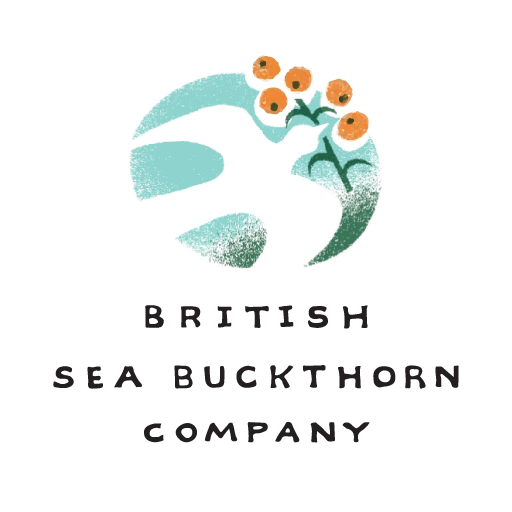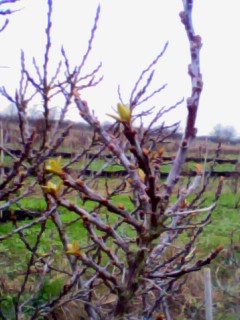I started this year to subscribe to the Fruit Grower magazine. The trade magazine for the UK fruit industry. There is some commonality with other farming magazines – the worry about the economics of farming within a global economy.
Costs are higher in Western Europe, but that is not the only issue. It is clear that profitable farming comes from the ability to minimise costs through the use of technology; labour saving systems; systems that monitor disease and pest risk management; modern varieties and so on. The ability to employ best practice looks to optimise yield. But that comes with the access to being able to fund these specialist systems.
Yield is not the only issue. Optimum yield also means optimum quality. Quality standards targeting uniformity in size, colour, lack of blemish can generate both waste of perfectly edible product, but also reduce profitability.
Technology and systems that generate optimum output need to be matched by reducing natural variables such as poor weather and soils.
So I reflect this with my developing sea buckthorn crop. Yield claims for Siberian – and other varieties come from results achieved within their country of origin. The soils and climate offer the optimum environment in which local wild stock has been adapted to reduce growing challenges and create commercial viability.
Take these plants out of their environmental comfort zone and there is no guarantee of predicting either yield or quality. At Devereux farm it is already clear that there are some varieties that are accepting the change of soil and climate. My heavy soil is an unfair challenge, but alternatively providing stress is sometimes a means to improving berry quality. It is unlikely though that my soil will produce optimum yield.
Having said that my Habego plants have produced yields in excess of 9kg, but disappointingly this is not consistent across all plants.
Lack of consistency I would put down to poor drainage and a high water table in the winter. The use of both compost and compost tea has been very successful in reducing disease, but the success of this requires correct timing of applications. This has been a problem as applications have been by very manual input which is both slow and poor in productivity. 2015 will change all this as the development of a bespoke compost applicator; purchase of tractor sprayer for compost tea; mower will allow the delivery of a planned programme of management which I expect the plants to respond to. I also will look to gradual improvement in soil structure to improve plant growth. The final result being a berry crop.
The disease problems of 2013 lead to many plants being prematurely pruned so across the site there are different plants in different stages of growth. 2015 will provide a first crop from the Siberian plants but as a first crop this will provide no idea of potential yield. I hope it will however provide an indication of quality.
Hence the plan for this year is to analyse berries from the Siberian plants and compare the results against an analysis of European grown sea buckthorn as a standard.
This was the plan for last year, but the crop was lost to birds. If 2013 was the year that raised the challenge to beat disease, then 2014 showed that pest control is as important. 2015 I have a number of ideas for bird control. As a first crop it must be a quality crop. Then as the plants mature we will see whether we can achieve an optimum yield within the constraints of Devereux’s soil and climate.

